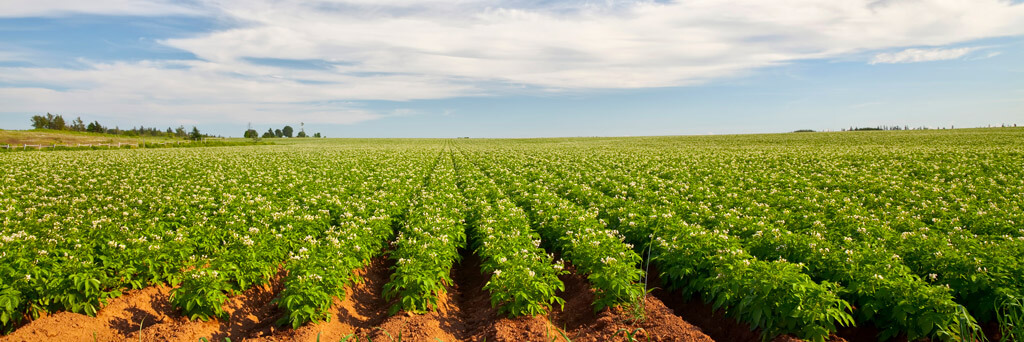Seeing 2020?
Dec 23, 2020

They say hindsight is 2020. As we enter a new year and a new decade, let’s look back at 2019 to help chart our path for the upcoming crop season. By evaluating 2019 we can get ready for 2020.
Did your yields & ROI make you happy? If not, why? Absolutely, sometimes mother nature just deals us a bad hand, but let’s dig a little deeper. What could have been done differently to increase that yield or manage those fields better? Don’t forget to think about all the factors (other than weather); from seed bed preparation, fertilization, seeding, pest management (weeds, disease, insects), rotation, equipment & infrastructure (bin space/aeration), straw/stubble management & marketing plans.
Every agronomist will say you should start with a soil test. These give a snapshot of the field’s nutrient portfolio which can help with crop selection and are essential for efficient fertilizer use. What if you couldn’t get one last fall? You have a couple of options. We can soil test in the spring or we can base recommendations off known crop removal rates and yield goals to come up with a fertility plan.
If you got any fertilizer on this fall, congratulations! If you did not, don’t panic. PLAN. Planning is the only way to make a challenging spring season successful. How do you plan to apply the fertilizer your crops need? Consider your equipment & it’s limitations? Some growers are already deciding they will need to float fertilizer, either before or after seeding. If fertilizing after seeding, consider a nitrogen stabilizer to reduce losses. Some growers have discussed doing 2 passes with their seeders – one for fertilizer & one for seed. How you are able to apply that fertilizer will also affect what type you use. You may be considering using a combination of dry and/or liquid fertilizers. Make sure to discuss with your agronomist what products will work for your operation this spring.
How did your pest management look in 2019? Did you see weed escapes at harvest time? Were these misses or escapes? Are there patches that seem to be consistent or growing in size? There are several good options for resistance testing and Manitoba Canola Council is offering free testing for 1 field each for glyphosate resistant Kochia, blackleg & clubroot. Scouting & identification are key to pest management. Be vigilant on headlands for flea beetles & grasshoppers. Headland sprays pay!
If you suspect or have confirmed a resistant pest, then it is time to change up your products or practices. Perhaps consider a new mode of action for herbicide; a pre pass burnoff if you did not get fall tillage done; or plant an xtend soybean variety where you know there are some tough to control weeds. Don’t forget to be on the look out for suspicious weeds – identification is key to managing pest species. Glyphosate resistant Water Hemp has already been found in the province.
Consider your crop’s emergence last year. Were you seeding into soils that were too cold? Cold soils increase the length of time it takes for seedlings to emerge. This can decrease the effective days for the seed treatments, increasing the risk to become susceptible to pests. Warmer temperatures help plants emerge & grow more quickly, allowing them to grow through insect pressure (like flea beetles).
Days to Emergence based on Average Soil Temperatures (from Planting to VE Stage):
10 C – injury to plant parts
12 C – 35 days to emerge
18 C – 7 days to emerge
*Robert Nielson – Purdue University
Oat Plant Population Affects Yield:
Higher Population has been shown to improve dry down & uniformity at harvest timing, which in turn will decrease your days to harvest.
Remember, PLAN, don’t panic.
Come in to speak with your Shur-Gro Agronomist today and review your plan for spring 2020.
We look forward to seeing everyone at Ag Days (booth #615 in the Curling Club).